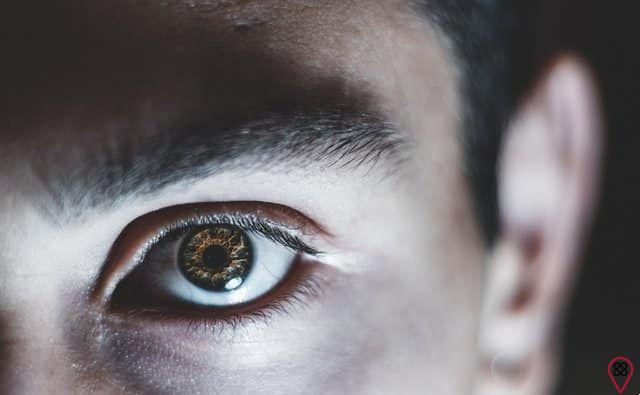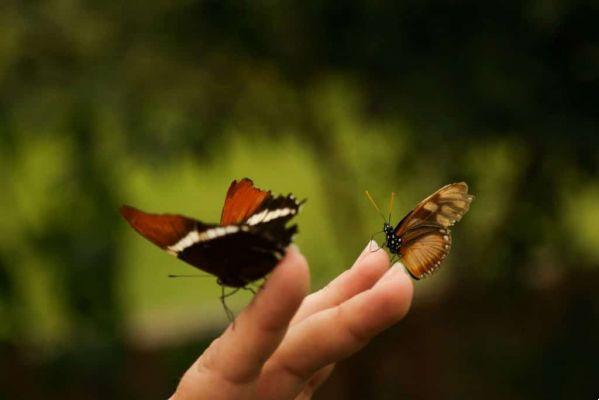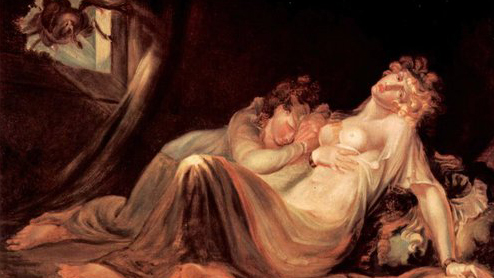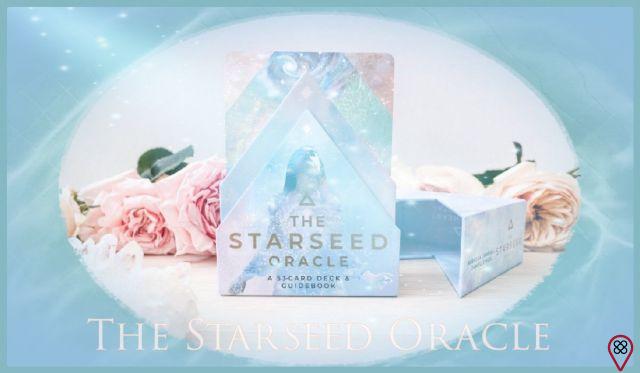by Dr. Paulo Daruiche and Tania Baptista
Blue Whale is a name for a game that originated on a Russian social network. This was over a year ago, but the world panicked because the news was renewed – in England, youth suicide was recently linked to gambling by the press.The game features a sequence of 50 tasks, the last being the player's own suicide.. The press reported that hundreds of young people had killed themselves because of the game. But the fact is that no case can be associated with the game. Several news channels in Europe have collected information about the game, and perhaps the most relevant information came from Radio Free Europe, who pretended to be a teenager wanting to play this game. They talked to the game's moderators, who reportedly said it was not possible to quit, but after that they didn't keep in touch. The team from that agency managed to get in touch with several teenagers who joined the game, most of them out of curiosity, and the same happened with them: after the initial contact there was no more contact with the moderators. We can say, without much margin of error, that this game is a rumor.
But what matters here is not whether the game is true or not. The importance of the topic consists precisely in the fact that it touches on a very painful point for our society, which is that the suicide of young people is increasing all over the world, and nobody knows why. This happens in España too. Suicide is the leading cause of death among young people, competing with accidents and external/violent causes.
Adolescents are at a time of life in which they experience transformations and discoveries. Sexuality, freedom to leave the house, participation in groups or classes, forming opinions about what they see in the world, are examples of the diversity of experiences in this phase.
An education that is too rigid in childhood (where too much is demanded of the child) can have consequences in adolescence. Examples are the feeling of worthlessness, of incapacity, of feeling that everything you do is never good, or also the feeling of perfection, of feeling that you cannot be as beautiful or good as expected, of not being such a good speaker among the theirs, of not being recognized as "The good", not being popular, etc… This generates great anguish. On the other hand, an education that is too permissive (where the child is allowed everything) can bring, as a consequence, the feeling that the world never satisfies him, because he did not work with frustration as a child.
Families that have an authoritarian attitude towards the teenager, not allowing different ideas, imposing wills and not maintaining dialogues, tend to increase the feeling of loneliness. Loneliness is a very present theme for teenagers. He doesn't understand his inner world, but he feels that the emotional security from before (coming from the family) is no longer there. Safety now comes from friends, or from a leader, from someone or something that brings you the truth of the world. The feeling of not being understood, of not being accepted, is constant at this stage.
Adolescents need to build a new look at the world, and for that they tend to deny the opinion coming from the family. This can be a reason to increase the conflicts and the feeling of anguish in the domestic environment.
The search for a position in the world is fundamental at this stage. In the period from 14 to 21 years old (the third seven years of life), the teenager is building his identity (which will appear after the age of 21, in adulthood), and for this he sets out in search of what is true. Being part of a group, or having a leader, becomes fundamental. However, the truth that this young man seeks can be qualified by anguish, because in this context, what counts is the essence, and not the moral values advocated by society. If some young people start to seek social justice as truth, and join social movement groups such as political parties, religious movements, volunteer work, etc., we see their energy turned to the other. But if the anguish is great, we can see a movement to find a truth that frees him from pain, such as drugs, unbridled consumption, the exaltation of the body, etc. In this case, the leader can be a drug dealer, a celebrity, or any type of game that promises that he will be part of a group like him: a young man who suffers a lot.
Going back to the blue whale, when a teenager shows signs of emotional distress (e.g. depression), he is more likely to think about the idea of suicide. And there is a consensus that the greater the exposure to this issue – especially if suicide is valued, seen as a challenge, or romanticized – it increases the possibility that someone already predisposed will come to consider the issue more strongly. The creators (real or not) of the game are seen as leaders.
The best way to prevent this is to be aware of the behavior their. And we do this by looking at them, talking, living together and caring about their things. When a teenager brings up an issue, and is treated with violence or contempt (for example, "Here comes the annoying!", or "Oh, boring phase of life!", or "Is what you have to tell me important? If not, don't tell me, let me do what I'm doing!”, or “You don't do anything right!”, and so on...), little by little he stops talking. When he doesn't feel appreciated, he fails to show what he's been doing. When we don't ask how his day at school or work was, he understands that it's not important. And when he shuts up, and when parents think it's better that way, when we don't give him the opportunity to participate and be valued in a group, danger is very close. He may end up finding someone who values him outside the home, or he may feel totally unappreciated, if this is very strong and depression is setting in, the idea of suicide can gain strength. In his room, with no one at home interested in him, from his smartphone (or TV) he accesses Netflix and watches the series “13 Reasons Why”, which describes the suicide of 17-year-old Hannah, as an option to solve problems. of the life she finds in high school. And if anyone asks, say you're watching a show on TV...

To ask is to care. It's caring. And love. It's not charge. It's talking, and listening without prejudice. For a small child, we determine the behaviors, and for the teenager, we negotiate (and to negotiate is to establish a middle ground between mine and yours, fifty-fifty, as far as possible). It takes time. And the choice of how to manage our time is ours. To prevent this big problem, there is no single way. But there is a simple formula for at least detecting early that something is wrong. That formula is to spend more time with our children. Spend time talking, asking, taking him to parties, searching, getting to know his friends (calling friends at home to eat still works!), caring, showing that he is important and noticing warning signs... fear of touching on difficult subjects, as silence does not help much in these cases.
This article does not intend to exhaust the topic. But be warned: it is important to understand that a young person with depression is a sign that the family needs help. Everyone suffers, or has been victims of some pain. Don't be afraid or prejudiced. Show that you care, if necessary, by seeking specialized help, but especially by being by your side.

























